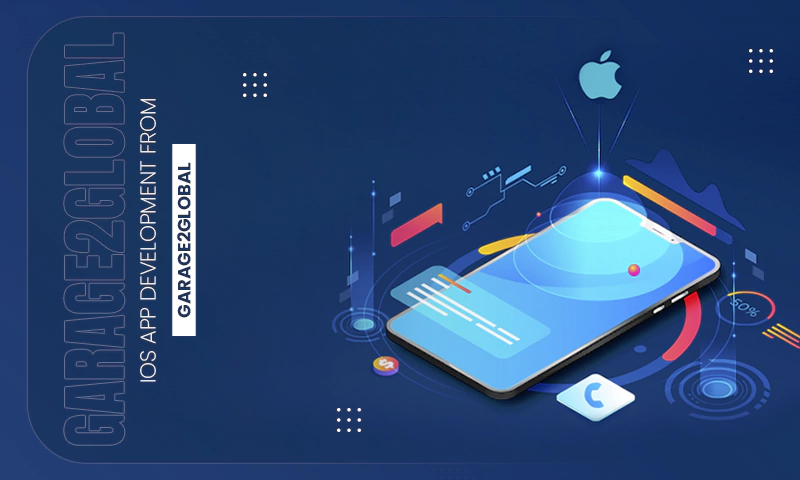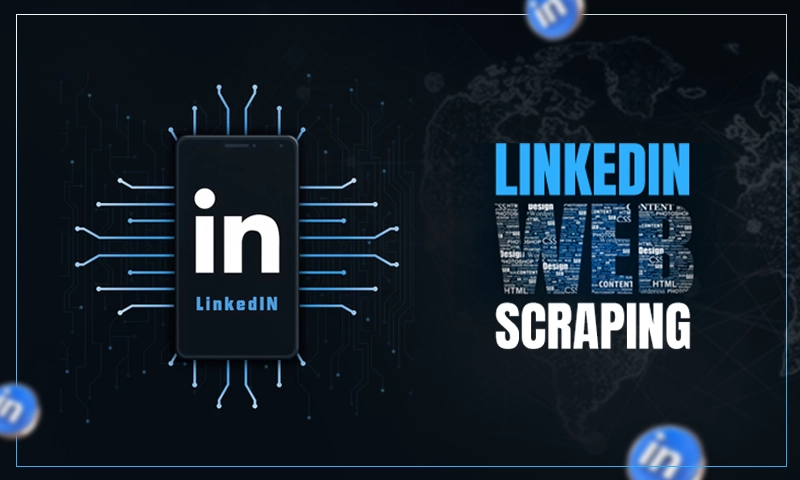Comparing Short vs. Long Range IoT Connectivity Technologies
Connectivity is the focal point of IoT projects. Stakeholders are most interested in figuring out the ideal connectivity option for their projects and products. There are more than 30 IoT connectivity options available in the market today. And the way they are being consistently revolutionized and the new ones getting developed more rapidly, there is no doubt that the search to find the right one can be quite a challenge.
New technologies such as 5G and LPWAN are gaining traction. And the old ones, Wi-Fi and Bluetooth are being evolved. Considering this, it is safe to say that the landscape of IoT connectivity will change. However, remember that the IoT connectivity will only be effective if you are subscribed to a reliable ISP. I opted for the Optimum internal plans and honestly, their service is really impressive.
Also Read: How 5G Technology is Changing the Modern World
Realizing the Potential of IoT
Everyone wants to realize the potential of IoT. This is why different industries are trying hard to develop devices and connectivity solutions to enable communications in a single ecosystem. But this is easier said than done. And there are a couple of reasons for that. The First is that the data is growing rapidly. And the available solutions are slowly being challenged to handle the sheer volume of it. The Second is that device manufacturers and IoT developers must offer interoperability of all the elements involved in the ecosystem. The ideal situation would be to make the devices work without any coordination from the vendors. There are some manufacturers such as LG, and Samsung who have revealed their own standards but interconnectivity will remain a serious issue.
Another thing that device manufacturers and IoT developers will have to pay heed to is to strike a balance between three important factors and they are range, bandwidth, and power consumption. Programmers are working to create a perfect solution of high bandwidth and low battery consumption. However, keep in mind that such a solution does not exist yet. This means that IoT developers will have no choice but to make trade-offs like prioritizing power consumption over bandwidth and vice versa.
Short Range IoT Connectivity Solutions
Three different kinds of IoT connectivity solutions are currently available. Let’s have a look at them.
#1. Wi-Fi
This solution is perfect for campus or in-building environments. It is preferred by many people. Why? Well, because it is a lot quicker than Bluetooth Low Energy (BLE). This makes it best for transferring large files whenever needed.
#2. Bluetooth & BLE
This is ideal for those who like to wear IoT devices such as fitness trackers. Bluetooth technology is widely popular for continually streaming large amounts of data. BLE, on the other hand, is designed particularly for low-powered IoT devices. It is great for those devices that transfer a low volume of data in bursts.
#3. Mesh Technology
People who want to use in-house gadgets like security cameras or smart lighting can use mesh technology. Different types of mesh technologies like Z-Wave or ZigBee use a system that is interconnected by nodes. It transfers small packets of data to mid to small range distances.
Long Range IoT Connectivity Solutions
Besides short-range IoT devices, there are some long-range ones as well that handle the challenges of complex IoT projects like smart metering, agricultural practices, and cities. Let’s have a look at them.
#1. LPWAN
This technology is best for huge IoT projects such as smart agriculture and smart cities. LPWAN is used for any network that allows communication over large distances. And that too by using minimum power. Such networks are split into unlicensed and licensed. These solutions have been developed specifically for IoT. Therefore, they are responsible to transfer small amounts of data from multiple endpoints and at a longer interval. However, this tech is still in its initial stages of deployment.
#2. 5G
5G is the ideal solution for machine-type communications and remote surgery. As IoT technologies are advancing, they are only going to release more data, causing a larger demand for bandwidth which is a problem that can be tackled with 5G. Many specialists have called this tech a game-changer. However, 5G is not readily available yet. Therefore, people can only make predictions about it. It might take a lot of time for the world to accept 5G. This means that one will have to wait to find out if this tech will be able to meet the high expectations of the public.
Conclusion
Different IoT technologies are indeed available but all of them have their own drawbacks. This is why when it comes to massive IoT projects, you should use hybrid solutions. It will help create a stable structure. How will this help you? Well, the benefits of one tech will easily overcome the limitations of the other. It’s not that hard for business owners to select the best IoT solution for their company. However, it will require them to understand different technical issues and how they affect the business goals. When the entrepreneurs are aware of this, they will easily be able to decide on the type of IoT tech they want to use.
Share
















